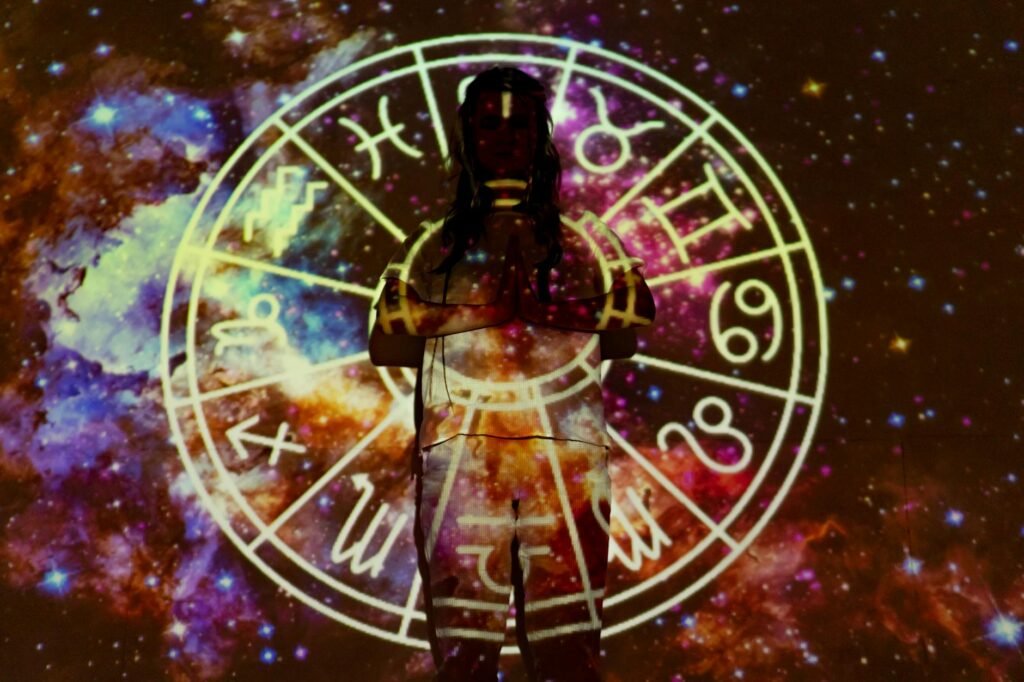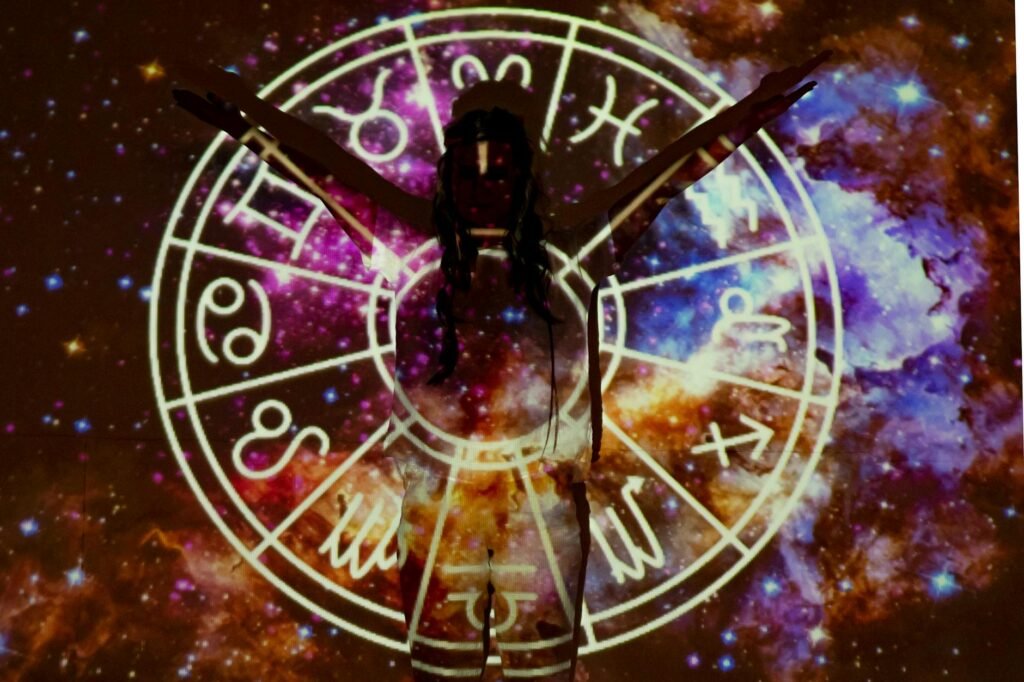The Apsaras, celestial nymphs in Hindu and Buddhist mythology, are captivating figures known for their ethereal beauty and enchanting dance. Their performances are said to be capable of mesmerizing gods and mortals alike, weaving tales of love, loss, and the cosmos itself. Let’s delve deeper into the world of these divine dancers.
Origins and Significance
Apsaras are believed to have originated from the churning of the cosmic ocean (Samudra Manthan), a pivotal event in Hindu mythology. They are often depicted as attendants of the gods, residing in heavenly realms like Indra’s court in Svarga. Their dances are not merely entertainment; they are believed to hold cosmic significance, reflecting the rhythms of creation and the cyclical nature of time. 
Dance and Artistic Representation
The dance of the Apsaras is described as both graceful and powerful, a mesmerizing blend of fluidity and precision. Ancient texts and sculptures portray them with flowing garments, delicate jewelry, and expressive poses. Their movements are thought to embody celestial energies, capable of enchanting even the most stoic beings. Learn more about their dance styles. 
Apsaras in Different Traditions
While originating in Hinduism, the Apsaras have found their place in other traditions, notably Buddhism. In Buddhist art, they are often depicted in scenes of the Buddha’s life or in depictions of paradise. Their role sometimes shifts from purely entertainment to symbolic representation of spiritual qualities like grace and serenity. Explore Apsaras in Buddhist art. Their representation varies across different regions and artistic styles, reflecting the diverse cultural interpretations of their mythology. [IMAGE_3_HERE]
Apsaras and Storytelling
Apsaras are not just passive figures; they often play active roles in epic narratives, particularly in the Mahabharata and Ramayana. Their involvement can range from being catalysts for conflicts to assisting divine figures. Their narratives highlight their intelligence, their capacity for both mischief and compassion, and their profound influence on the human and divine worlds. Discover the role of Apsaras in the Mahabharata.
Cultural Impact and Modern Interpretations
The enduring allure of the Apsaras continues to this day. Their image appears in various forms of art, literature, and popular culture. Modern interpretations often incorporate elements of classical dance styles, adapting the Apsaras’ grace and power to contemporary audiences. See examples of modern interpretations of Apsaras dance. Their legacy serves as a testament to the enduring power of myth and the captivating artistry of these divine dancers. [IMAGE_4_HERE]
Conclusion
The Apsaras, celestial nymphs of Hindu and Buddhist mythology, remain captivating figures whose beauty, grace, and symbolic significance continue to resonate with audiences across time and cultures. Their stories and artistic depictions offer a window into the rich tapestry of ancient mythologies, reflecting the mysteries and wonders of the cosmos. Read more about celestial beings in mythology. Explore further resources on Apsaras.
Frequently Asked Questions
What is the significance of Apsaras’ dance? Their dance is believed to be a reflection of cosmic energy and rhythms, capable of mesmerizing gods and mortals alike.
Are Apsaras always depicted positively? While mostly associated with beauty and grace, their roles in epic tales show a wider range of characteristics, including mischief and even manipulation.
How are Apsaras represented in modern art? Modern interpretations often incorporate elements of classical dance styles, adapting their grace and power for contemporary audiences.
Where can I learn more about Apsaras? You can explore various books, articles, and museum exhibits dedicated to Hindu and Buddhist mythology and art.
What is the difference between Apsaras and other celestial beings? While similar to other nymphs and goddesses, Apsaras are specifically known for their enchanting dance and their close association with divine courts.